CVE-2022-25373: ManageEngine Support Center Plus Stored Cross-Site Scripting (XSS)
Matt Dunn discovers another ManageEngine Cross-Site Scripting vulnerability, this one in the Support Center Plus application.
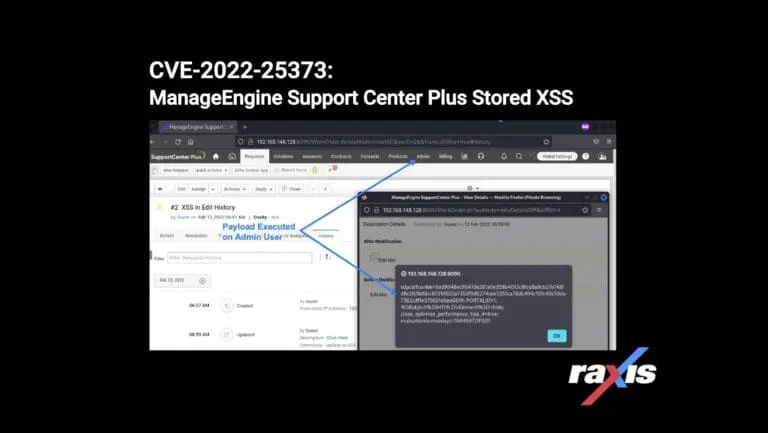
Matt Dunn discovers another ManageEngine Cross-Site Scripting vulnerability, this one in the Support Center Plus application.
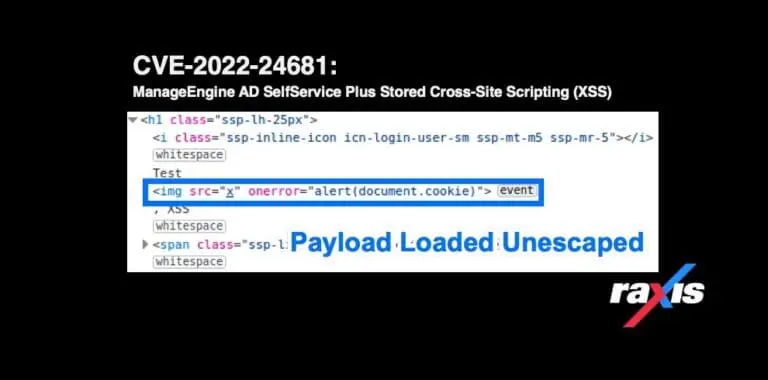
Raxis’ Matt Dunn continues his prolific discovery of new CSS CVEs. This one affects ManageEngine AD SelfService Plus Stored Cross-Site Scripting.

In this post, Raxis VP Brad Herring explains how web proxy tools can turn even simple buttons and check-boxes into avenues for an attack.
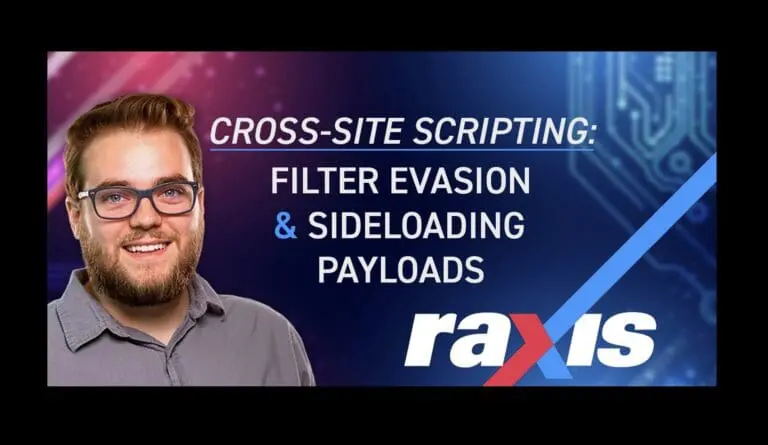
In this second in a series, learn how to perform Cross-Site Scripting (XSS) attacks such as filter evasion and sideloading content.

This video covers the basics of cross-site scripting, including reflected, stored, and DOM-based XSS as well as remediation to protect against these attacks.
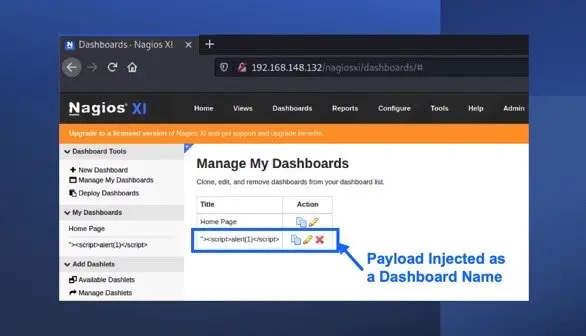
Nagios is open-source network and system monitoring software. Raxis’ Matt Dunn has discovered a cross-site scripting vulnerability that could leave users open to attack.

How can cookies be used against you? And how do you keep that from happening? Raxis’ Matt Dunn explains.
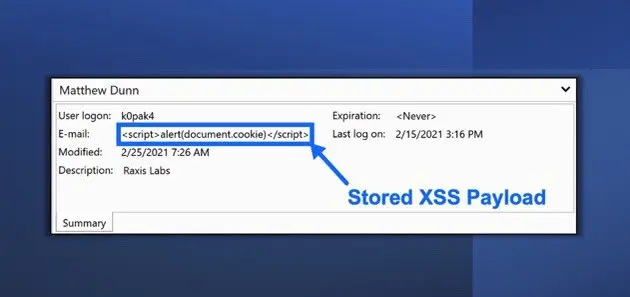
Raxis lead penetration tester Matt Dunn uncovers a new vulnerability in the PRTG Network Monitor (CVE-2021-29643). Read more here.

Raxis’ Lead Penetration Tester Matt Dunn discovers another cross-site scripting vulnerability in Zoho’s MangeEngine Key Manager Plus (CVE-2021-28382).
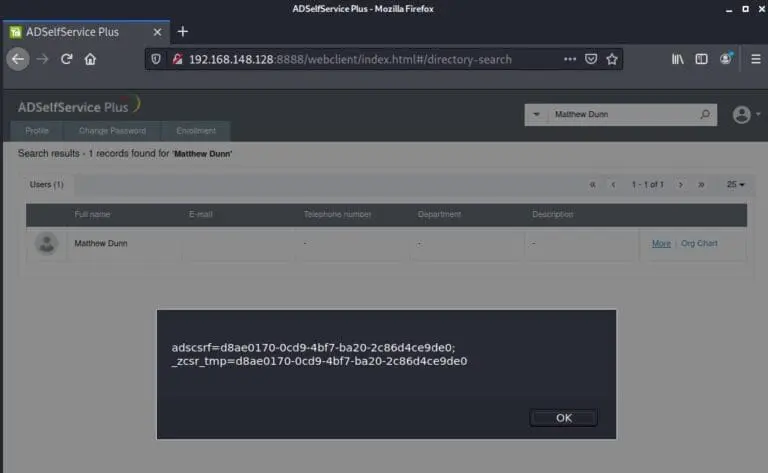
Raxis lead penetration tester Matt Dunn has uncovered a new cross-site scripting vulnerability in Manage Engine AD Self Service Plus (CVE-2021-27956). Find out more here.